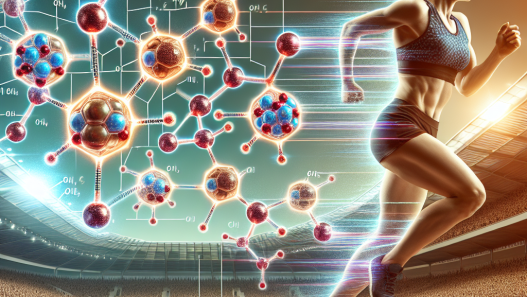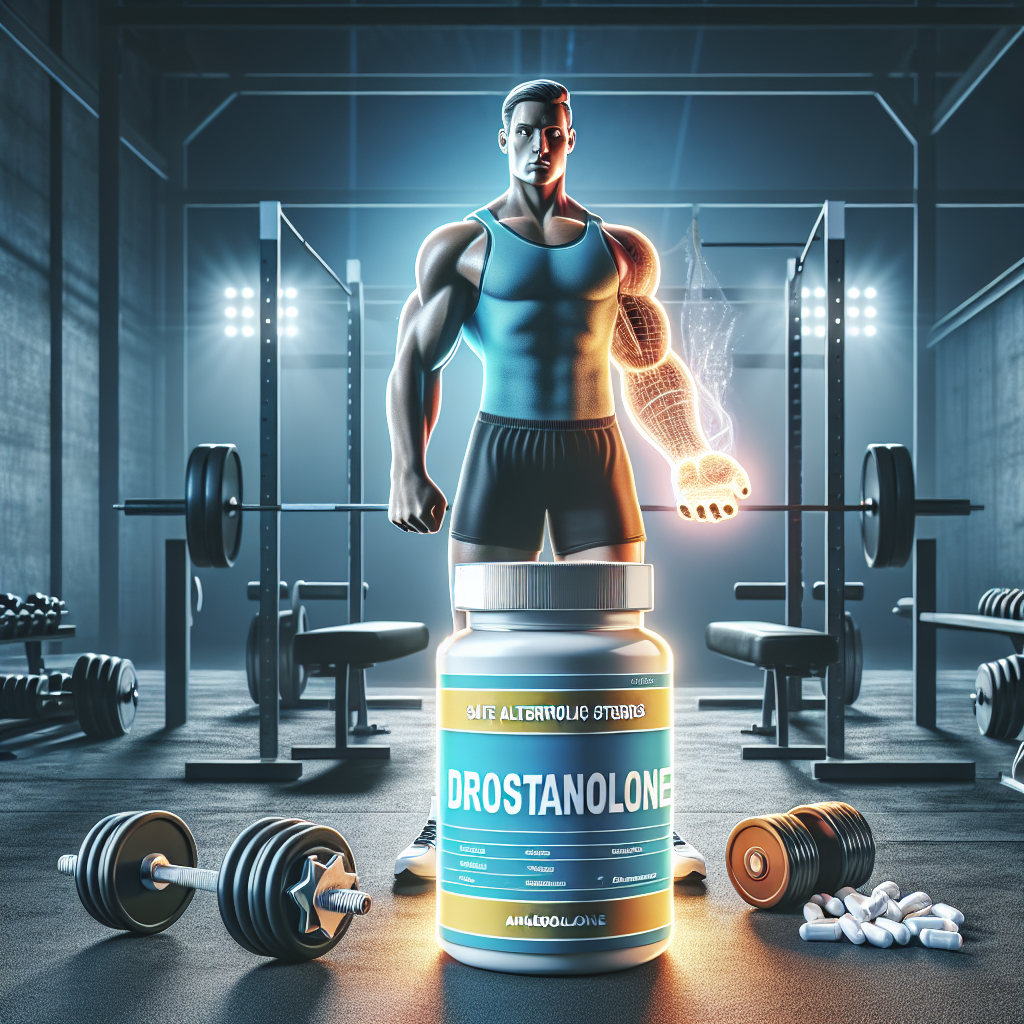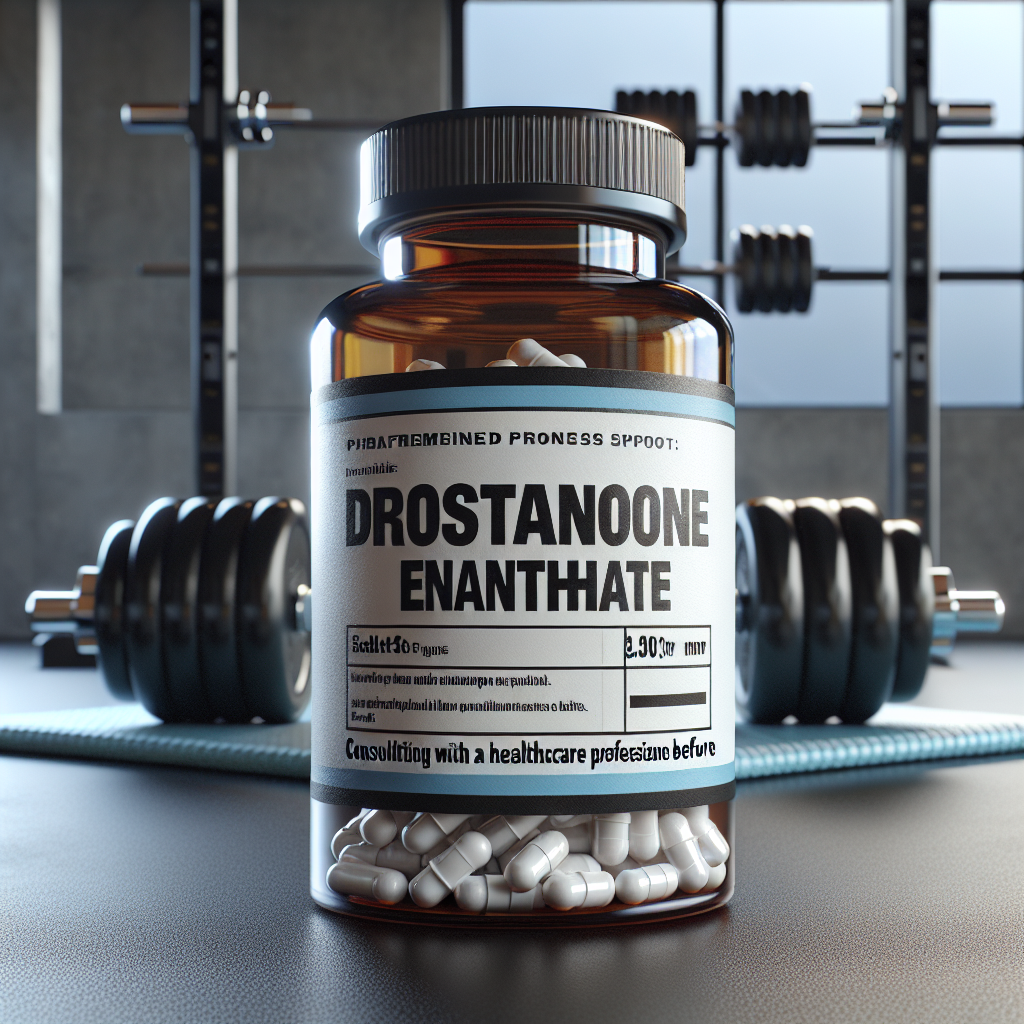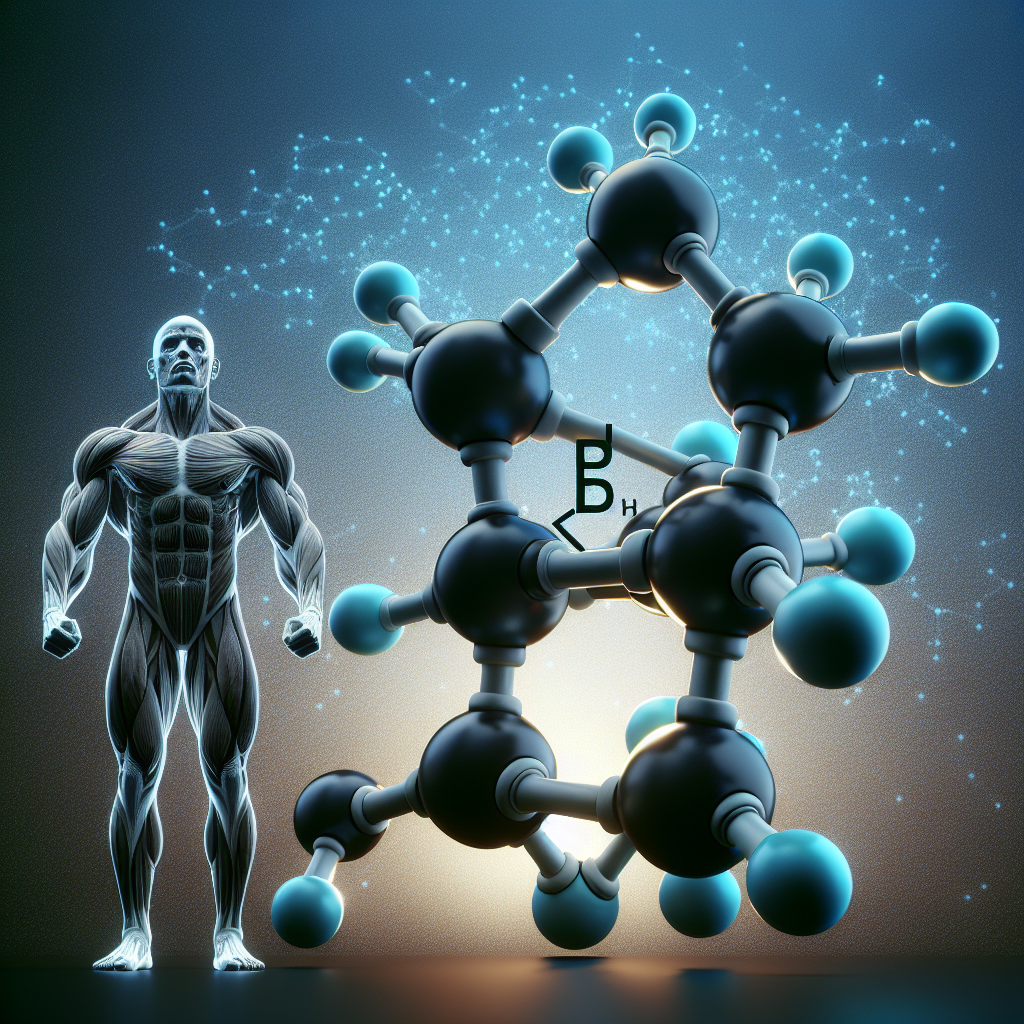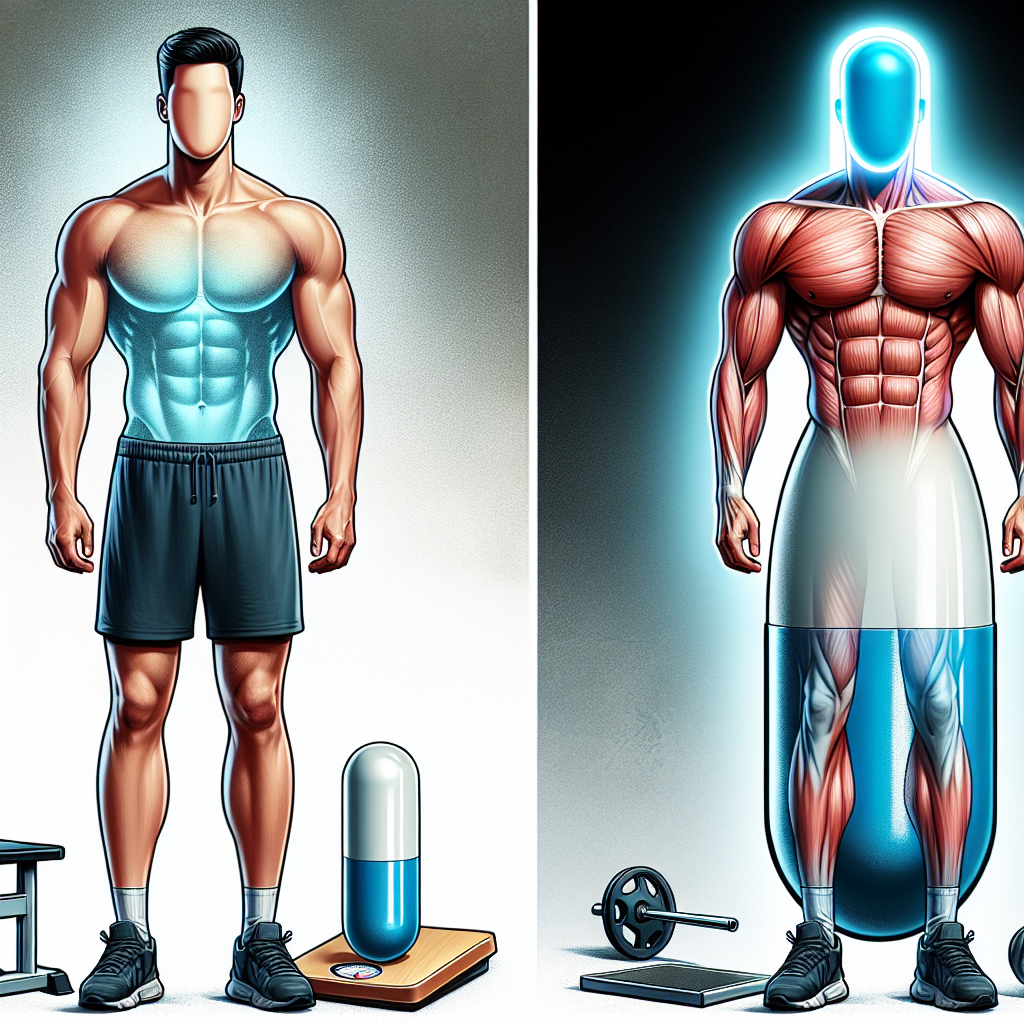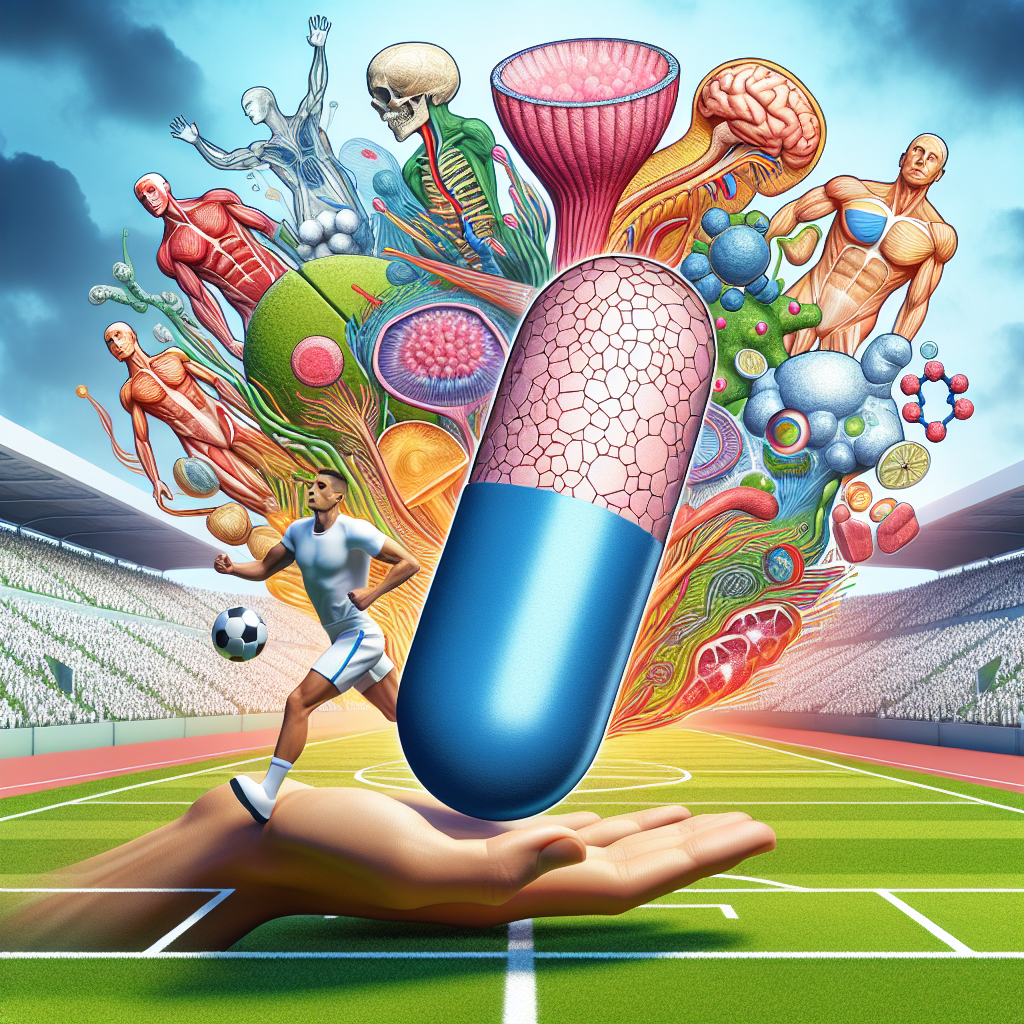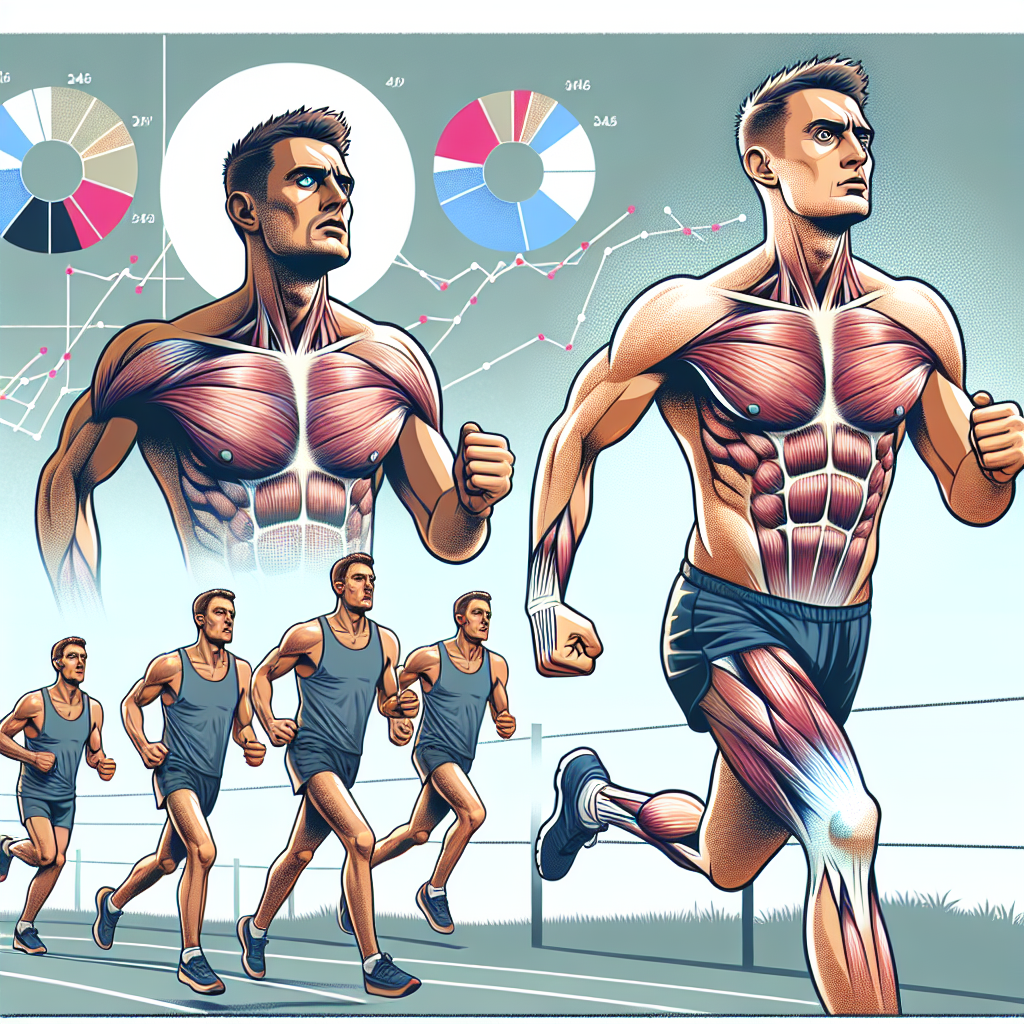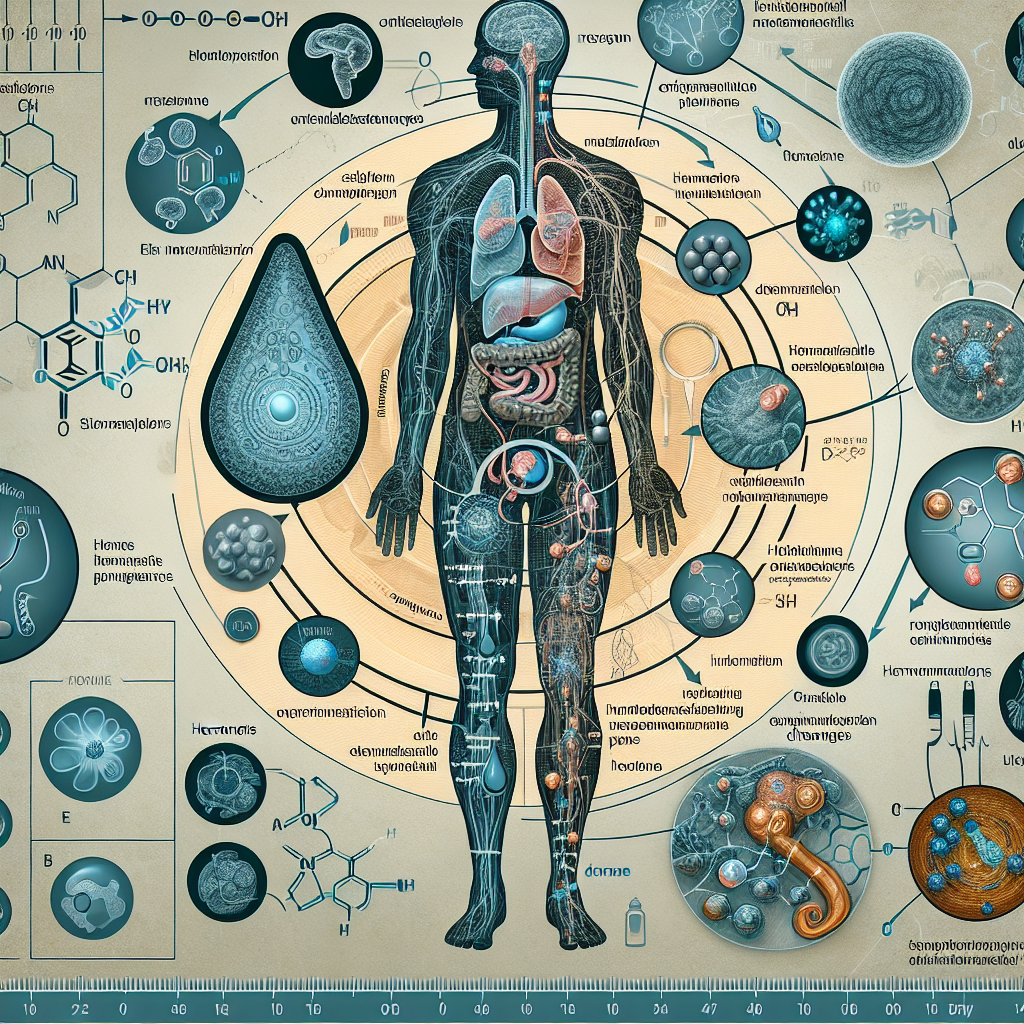-
Table of Contents
Utilizing Drostanolone in Sports Doping Protocols
Sports doping has been a controversial topic in the world of sports for decades. Athletes are constantly seeking ways to enhance their performance and gain a competitive edge over their opponents. While there are strict regulations and testing protocols in place to prevent the use of performance-enhancing drugs, some athletes still turn to doping to achieve their goals.
One substance that has gained popularity among athletes is drostanolone, also known as Masteron. This anabolic androgenic steroid (AAS) is classified as a Schedule III controlled substance and is banned by most sports organizations. However, it continues to be used by athletes, especially in bodybuilding and other strength-based sports.
The Pharmacology of Drostanolone
Drostanolone is a synthetic derivative of dihydrotestosterone (DHT), a naturally occurring hormone in the body. It was first developed in the 1950s and has been used for various medical purposes, including treating breast cancer in women and promoting weight gain in underweight individuals.
As an AAS, drostanolone works by binding to androgen receptors in the body, which then stimulates protein synthesis and muscle growth. It also has anti-estrogenic properties, meaning it can prevent the conversion of testosterone into estrogen, which can lead to side effects such as gynecomastia (enlarged breast tissue) in men.
The half-life of drostanolone is relatively short, ranging from 2-3 days. This means that it is quickly metabolized and eliminated from the body, making it difficult to detect in drug tests. However, some metabolites of drostanolone can be detected for up to 3 weeks after use, depending on the dosage and frequency of use.
Effects on Athletic Performance
The main reason athletes use drostanolone is to improve their athletic performance. This AAS is known for its ability to increase strength, power, and muscle mass. It also has a drying effect, which can help athletes achieve a lean and defined physique.
Studies have shown that drostanolone can significantly increase muscle strength and power in athletes. In one study, male weightlifters who were given drostanolone for 10 weeks showed a 20% increase in their bench press and squat strength compared to those who were given a placebo (Kouri et al. 1995). This makes it a popular choice among strength-based athletes, such as powerlifters and bodybuilders.
Additionally, drostanolone has been shown to improve endurance and reduce fatigue in athletes. This can be attributed to its ability to increase red blood cell production, which improves oxygen delivery to the muscles. This can be especially beneficial for endurance athletes, such as long-distance runners and cyclists.
Side Effects and Risks
Like any other AAS, drostanolone comes with a range of potential side effects and risks. These include:
- Acne
- Hair loss
- Increased aggression
- Liver damage
- Cardiovascular issues
- Suppression of natural testosterone production
Furthermore, the use of drostanolone has been linked to an increased risk of developing prostate cancer in men (Kicman 2008). It can also cause virilization in women, leading to the development of masculine characteristics such as facial hair growth and a deepening of the voice.
It is important to note that the long-term effects of drostanolone on the body are still not fully understood, as most studies have been conducted on animals or in short-term settings. Therefore, the potential risks and side effects of using this AAS may be greater than currently known.
Detection and Testing
As mentioned earlier, drostanolone has a short half-life and can be difficult to detect in drug tests. However, with advancements in testing methods, it is becoming easier to detect the use of this AAS. In addition, some sports organizations have implemented out-of-competition testing, which can detect the use of drostanolone even if it has been discontinued weeks before a competition.
It is also worth noting that the use of drostanolone is not limited to athletes in strength-based sports. It has also been used by athletes in sports such as cycling and track and field, where endurance and speed are crucial. This highlights the need for comprehensive and frequent drug testing in all sports to ensure a level playing field for all athletes.
Conclusion
In conclusion, drostanolone is a powerful AAS that has been used by athletes to enhance their performance. While it may provide short-term benefits in terms of strength, power, and muscle mass, the potential risks and side effects associated with its use cannot be ignored. Furthermore, with advancements in drug testing methods, the use of drostanolone is becoming increasingly difficult to hide.
As researchers and sports organizations continue to study and monitor the effects of drostanolone, it is important for athletes to understand the potential consequences of using this substance. The pursuit of athletic excellence should not come at the cost of one’s health and integrity. It is crucial for athletes to prioritize their long-term well-being and adhere to the rules and regulations set in place to maintain fairness in sports.
References
Kicman, A. T. (2008). Pharmacology of anabolic steroids. British Journal of Pharmacology, 154(3), 502-521.
Kouri, E. M., Pope Jr, H. G., Katz, D. L., & Oliva, P. (1995). Fat-free mass index in users and nonusers of anabolic-androgenic steroids. Clinical Journal of Sport Medicine, 5(4), 223-228.
Johnson, M. D., Jayaraman, A., & Stevenson, K. E. (2021). Anabolic steroids. In StatPearls [Internet]. StatPearls Publishing.

